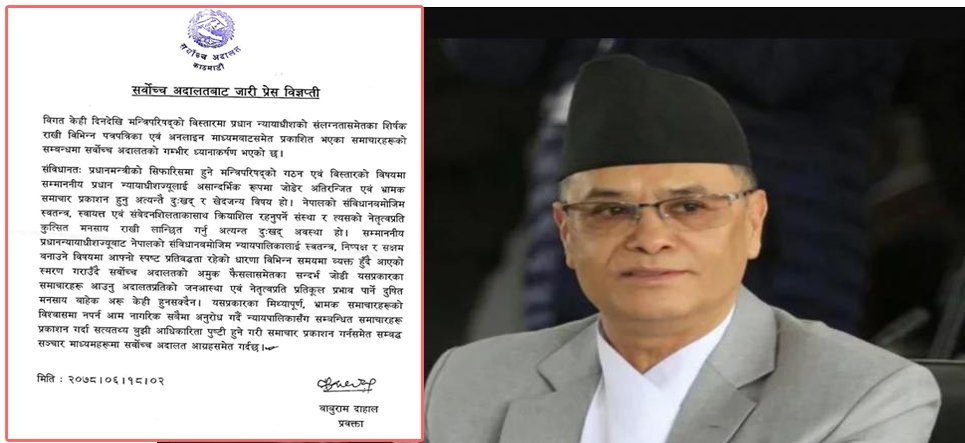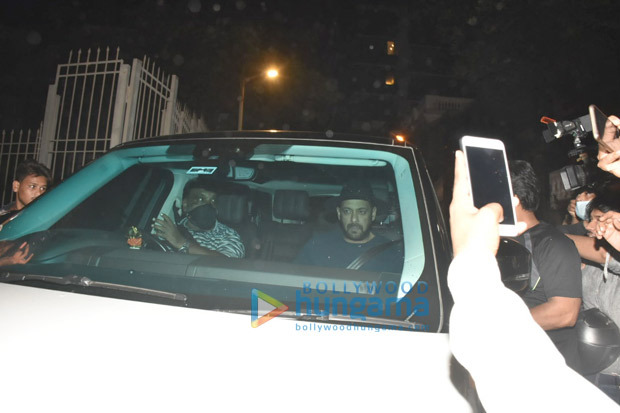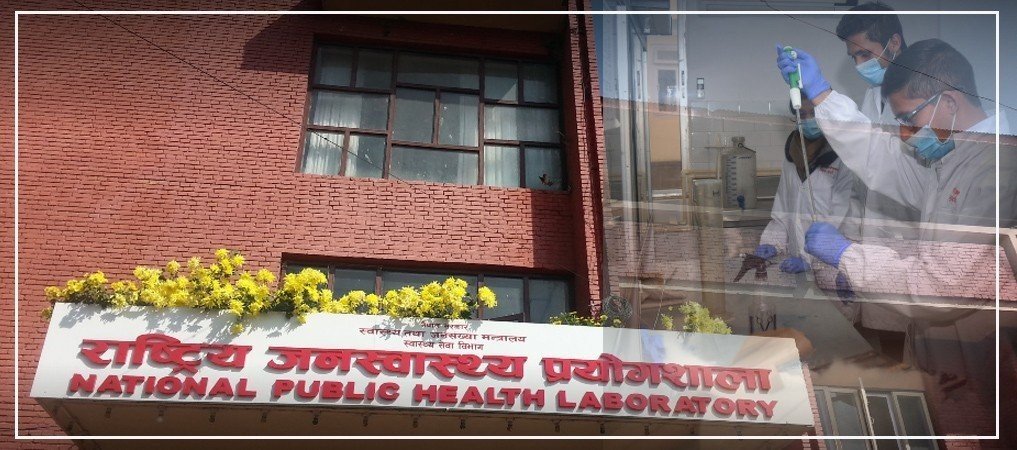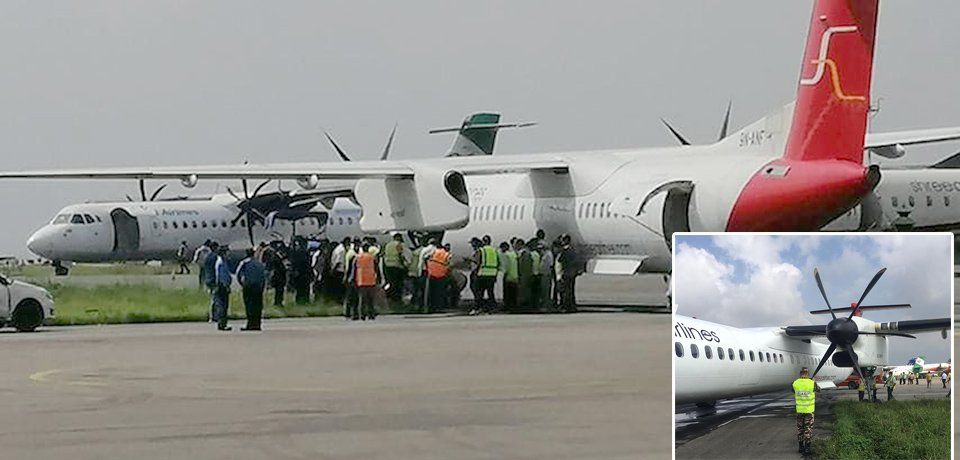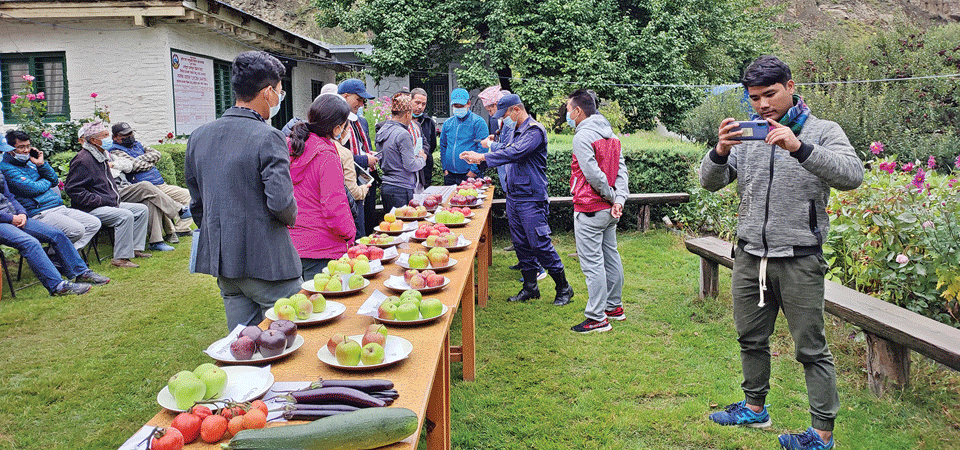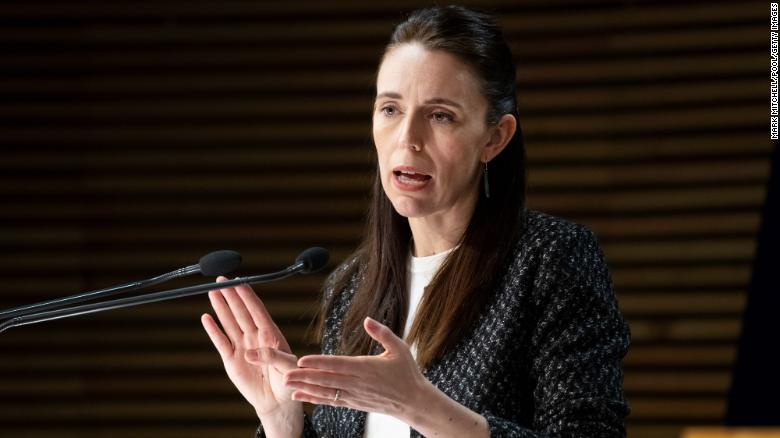A fully solar-powered campervan has just driven through Europe

By Amarachi Orie, Oct. 19 (CNN) — Traveling along the highways of Europe, a campervan named "Stella Vita" has driven almost 2,000 kilometres (1,242 miles) without stopping for fuel or plugging in to charge.
Described as a "self-sustaining house on wheels," the campervan has solar panels fitted to its roof and is powered by the energy of the sun alone.
It is fully equipped with living essentials including a double bed, sofa, kitchen area and a bathroom with a shower, sink and toilet. It can fit two people, who can drive, cook breakfast and watch television using just the vehicle's solar-charged battery, according to its creators -- 22 students at the Eindhoven University of Technology in the Netherlands.
"The main goal is to really inspire people and the market and society to accelerate the transition towards a more sustainable future," says 21-year-old Tijn Ter Horst, a member of Solar Team Eindhoven 2021, which made the vehicle, with funding from sponsors. "What we're trying to do is to show people and show companies what's already possible."

The camper allows two people to drive, shower, make a cup of coffee and watch TV using just the energy of the sun.
STE / Bart van Overbeeke
The team started brainstorming for the project last September and they came up with the idea for Stella Vita in two months. From November 2020 until March this year, they designed the campervan, aiming to make it as aerodynamic and lightweight as possible while still making it look good.
By July, they had finished building it and started to test the vehicle on the road. The camper was licensed for use on public roads at the beginning of September and began its European tour later that month.
After starting in Eindhoven, the team ended their journey in Tarifa, the southernmost tip of Spain, on October 15, a 3,000-kilometer (1,860-mile) journey. Technical issues at the start of the tour meant that the camper initially had to be transported using a trailer. However, once resolved, it was able to drive almost 2,000 kilometers.
"It's a very particular looking car so when you're driving through, for example, Paris or another city, all the people are there waving, taking photos," says Horst. "It's great to see what we achieved in one year and we're really looking forward to inspiring even more people."

Solar Team Eindhoven visited the Dutch ambassador to France Pieter de Gooijer in Paris with Stella Vita.
STE / Bart van Overbeeke
Inspiring a sustainable future
The vehicle can typically travel up to 600 kilometres (373 miles) on its 60-kWh battery when fully charged, even at night and when it is cloudy. On a day when the sun is shining throughout, its range increases by an extra 130 kilometres (81 miles). The team drove approximately 300 kilometres (186 miles) between each destination, at a top speed of 120 kilometres (75 miles) per hour.
When it's parked, the extendable roof can rise up to allow passengers to stand, and extrasolar panels slide out from the sides, doubling the solar surface from 8.8 square meters to 17.5 square meters. While stationary, passengers can also track their energy consumption using the built-in infotainment system.
"It creates energy awareness," continues Horst. "You can see how much energy is coming in from the sun, how much energy is in your battery and then it tells you -- for example if you want to make pancakes -- how much energy it costs to make pancakes."

Stella Vita on the way to Córdoba in southern Spain.
STE / Rien Boonstoppel
It's not the first solar-powered vehicle created by the university. Solar Team Eindhoven 2013 made what it called the world's first solar-powered family car, and teams of students have built a new family car every two years since.
This year's team decided that "it's time to take the next step in mobility" by creating a vehicle that allows people to live on the sun's energy, not just drive on it, says Horst. "The previous solar cars that the team made were producing so much energy that they could even power other electric vehicles. So that's why we came up with the idea: 'okay, what are we going to do with the extra energy?'"
Five Solar Team Eindhoven alumni went on to found Lightyear in 2016, a company that commercially produces family solar cars. Horst wants Stella Vita to similarly drive the market forward, adding: "I think there's a lot of things that the complete mobility sector can adopt and use. We'll try to go on with our mission when we're back home."
Recent News

Do not make expressions casting dout on election: EC
14 Apr, 2022
CM Bhatta says may New Year 2079 BS inspire positive thinking
14 Apr, 2022
Three new cases, 44 recoveries in 24 hours
14 Apr, 2022
689 climbers of 84 teams so far acquire permits for climbing various peaks this spring season
14 Apr, 2022
How the rising cost of living crisis is impacting Nepal
14 Apr, 2022
US military confirms an interstellar meteor collided with Earth
14 Apr, 2022
Valneva Covid vaccine approved for use in UK
14 Apr, 2022
Chair Prachanda highlights need of unity among Maoist, Communist forces
14 Apr, 2022
Ranbir Kapoor and Alia Bhatt: Bollywood toasts star couple on wedding
14 Apr, 2022
President Bhandari confers decorations (Photo Feature)
14 Apr, 2022



